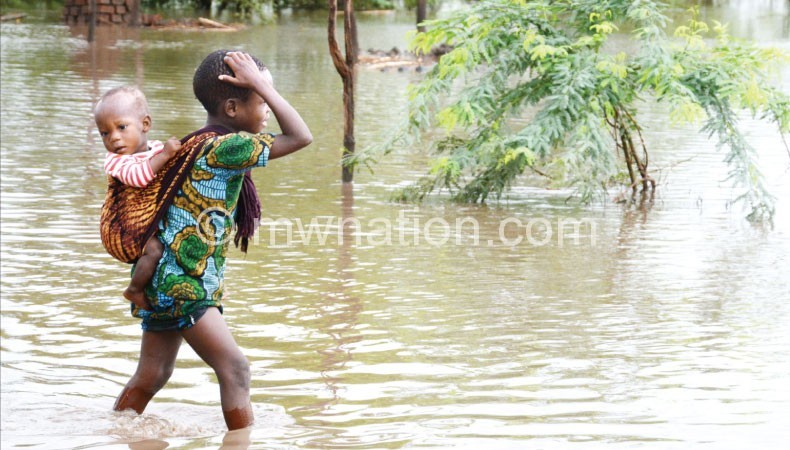RBM reduces GDP growth rate forecast
The Reserve Bank of Malawi (RBM) has revised downwards Malawi’s national output as measured by real Gross Domestic Product (GDP) for 2015.
The central bank, through its latest Monetary Policy Committee (MPC) minutes released Wednesday, now projects that the economy will grow by 5.4 percent, a 400 basis points lower than the earlier forecast of 5.8 percent.

RBM says the four percentage points revision in the growth rate is on account of the ravaging impact of the floods and the delays in rains this year.
“The downward revision has been necessitated by a contraction in agriculture due to late on-set of rains, floods and early cessation of the rains,” said RBM Governor Charles Chuka.
Chuka, however, said the final impact of the drought on GDP is yet to be ascertained.
The bank’s analysis comes barely a few weeks after the World Bank estimated that the recent floods would cost the economy 0.56 percent in 2015 or roughly K12 billion based on the nominal GDP figure estimated at K2.2 trillion. The World Bank also projected the economic growth to be 5.1 percent.
An estimated 89 000 hectares of cropland was destroyed by the floods, representing around 2.4 percent of total agricultural land in Malawi.
Estimates from the Post Disaster Needs Assessment report by the World Bank put the total value of damage and losses, including to agricultural crops, housing, commerce and public infrastructure, at around $324 million, an equivalent of five percent of GDP, according to World Bank estimates.
Head of economics at Catholic University Gilbert Kachamba yesterday said it was certain economic prospects are murky considering ravaging impacts of floods and late start of rains.
In the meantime, Chuka said RBM has observed that inflation continued the downward path to 18.2 percent in March 2015 from 24.2 percent in December 2014, in line with the bank’s projections.
“Barring the supply shocks alluded to above, inflation is expected to trend downwards to around 15 percent by June 2015 on account of the stability of the kwacha and favourable international oil prices,” he said.
However, Chuka said the bank expects the downward trend to be reversed depending on timeliness of the financing options available to government to deal with the impact of the drought.
He said gross official reserves were $ 673.48 million or 3.53 months of imports at end March 2015 compared with $478.4 million or 2.50 months of imports in March 2014.
“This largely contributed to the stability of the kwacha against major currencies.”
Commenting on the banking sector, Chuka said the banking system remained fairly liquid in March 2015 before tightening in April.
He said as a result, interbank market rates have since picked up to above 10 percent from a low of five percent.
The central bank has since maintained the policy rate at 25 percent and the Liquid Reserve Requirement (LRR) at 15.5 percent. n





